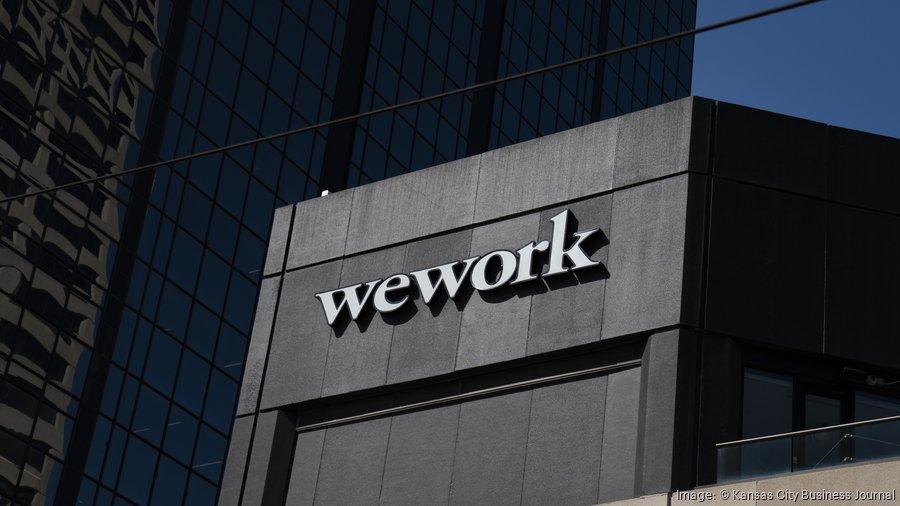What WeWork’s Bankruptcy Means for the Flex Industry: Our Take

Demand for flexible workplaces has demonstrated consistent growth in the last decade and certainly in the years during and after the global pandemic. The numbers don’t lie: According to data from global real estate services company JLL, flexible workspace and shared amenity spaces are projected to encompass approximately 30% of the office market by 2030.
And, it’s increasingly what workers want, as well. All generations of today’s workforce now demand flexibility in working options, according to a study by LiveCareer. Specifically, 76% of Millennials, 69% of Gen Z, and 64% of Gen X express this expectation. When respondents were asked what employee benefits mattered most to them, 38% of Millennials, 33% of Gen X and 32% of Gen Z identified flexible working benefits as most important. It’s why we’ve deemed flexible work options as the #1 employee benefit enterprise organizations can offer their employees today — enhancing engagement, increasing productivity, and facilitating collaboration and innovation.
So, what went wrong with WeWork, the coworking brand that launched in 2010, infamously went public in 2021, and filed for Chapter 11 bankruptcy last week?
The Experts Weigh In
We’ll leave it to the pundits and the prognosticators to dissect and debate what happened with the once-buzzy brand and where it goes from here, but we think there are several valuable lessons to be learned in WeWork’s trajectory and eventual fall from grace.
From the official announcement to a lengthy history of the brand’s trajectory to the overarching implications for the industry, much ink has been spilled about WeWork’s shakeup. Over the 13 years since its launch, WeWork and coworking became almost-synonymous, which may have been the company’s biggest problem. It scaled too quickly, spent too recklessly, and perhaps most tellingly, fell victim to a problem many companies now face: long-term leases that ate into revenue.
While WeWork continued to dominate market share up until 2022, when the foundation started to crumble, other flexible workplace operators were able to grow their brands steadily and intentionally, creating amenity-rich ecosystems that put the needs of their clients first. Now out from under the WeWork shadow, these companies are in a position to flourish.
Our Take
It’s imperative not to conflate WeWork’s news with the state of the entire flexible workplace industry. The high-profile nature of the WeWork name and the company’s much-documented inner workings contributed to its collapse; meanwhile, the flex industry as a whole remains robust.
Preferred Office Network was founded the same year as WeWork, and it’s been an honor participating in the flex industry’s evolution. By offering a carefully vetted and highly curated collection of 900 flexible workplace locations around the world, Preferred positions each of its operators as best in class, offering superior services and amenities, welcoming environments, and valuable community connections that larger operators just aren’t able to offer.
The bottom line: We acknowledge and appreciate the role WeWork played in furthering flexible workplaces as a more recognizable and viable option for the world at large. And, in the brand’s fallout, we’re heartened that other outstanding operators now stand to receive much deserved exposure and increased traffic as we continue to reshape the future of the workplace.
Follow Us @preferredofficenetwork
Industry Insights
Read the latest happenings at Preferred Office Network
and in the flexible office industry.
-
Setting a New Standard for Quality in Flexible WorkspacesIn today’s flexible workspace market, the conversation is shifting from availability and price to quality, operational excellence, and enterprise readiness. More than ever, corporate occupiers want assurance that their teams will find consistent levels of service, security, and professionalism across every location they choose.That’s why Preferred Office Network is encouraged to see FlexGrade helping operators stand out and giving occupiers greater confidence in their workspace choices.Why [...]Read More
-
4 Office Amenities That Matter Most to Employees and WhyWhat actually makes a difference in the workplace? Here’s what the experts say. Free snacks and ping pong tables might look good on paper, but when it comes to what employees truly value in an office, the answer is far more practical.In a time when flexibility, focus, and well-being are shaping the way people work, thoughtful office amenities can have a real impact on the employee experience. We [...]Read More
-
5 Significant Trends Shaping the Modern Office EnvironmentWhat’s driving the evolution of today’s office?From hybrid work and flexible space to green design and employee well-being, the modern office is in the middle of a transformation. But these changes aren’t random. They are deliberate responses to how people work, connect, and prioritize their time.To understand where the office is headed next, we asked five workplace thought leaders to share what they’re seeing [...]Read More
Stay Connected to the Future of Work
Join our mailing list and be the first to receive insights and updates on how Preferred is shaping flexible workspace worldwide.

